Timeline of Events – 1942
World War II – Poland
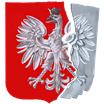
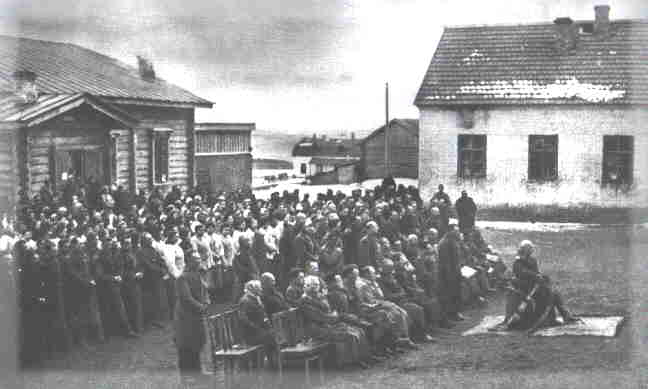
General Wladyslaw Anders in Buzuluk
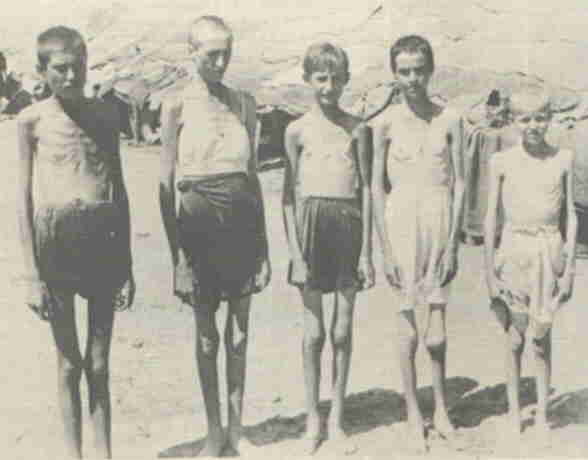
Polish Children on the shores of the Caspian Sea, Iran, 1942.
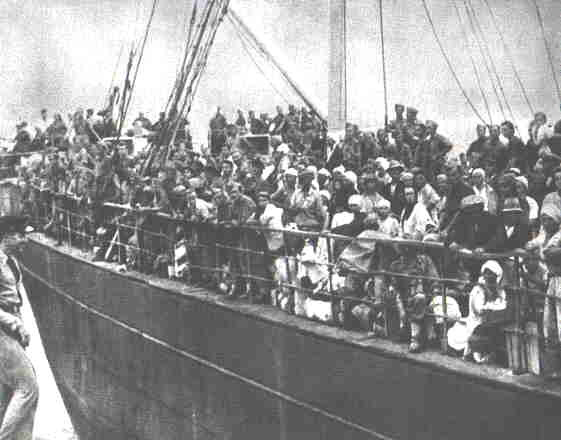
Overcrowded transport taking Polish refugees from the USSR to Iran.
January 20 – Nazis co-ordinate the “final resolution of the Jewish question” at Wannsee Conference.
March – Over 70,000 Polish ex-POWs and exiles assemble at Buzuluk, USSR, as members of Anders’ Army. Evacuated to Iran, they will be equipped by the British and will form the Polish 2nd Corps which will fight in the Middle East and Italy.
March 13 – First shipment of Jews arrives at Belzec, the second death camp after Chelmno in which victims are killed immediately.
March 15 – Ukrainian police and Germans execute 145 Poles, 19 Ukrainians, 7 Jews and 9 Soviet POWs in the village of Koszyszce.
April – First mass evacuation of Poles from the USSR. Overcrowded Soviet ships ferry them across the Caspian Sea from Krasnovodsk to Iran. Some 77,200 soldiers and 37,3000 civilians, including 15,000 children, are released by the USSR.
April 8 – Polish underground alerts London of gassing of Jews in Chelmno by Nazis.
Polish Evacuation from USSR
May 12 – First transport of 1,500 Jews arrives at Auschwitz.
May 19 – Lithuanian police execute 1,200 Poles in homes and on the street in reprisal for assassination of three Wehrmacht officers by Soviet partisans.
June 9 – Sikorski in London speech, warns that the Jews of Poland “are doomed to destruction in accordance with Nazi pronouncements on destroying
all Jews regardless of the outcome of the war.”
June 22 – Sikorski urges Churchill to take “drastic” measures against German citizens in Allied countries and to launch large scale bombing of civilian targets in
Germany, in retaliation for Nazi atrocities.
June 23 – First group of Polish and Polish-Jewish mental patients are deported to Auschwitz.
June 26 – BBC broadcasts that 700,000 Jews have been murdered by the Nazis, based on information smuggled out by the Polish underground.
June 27 – German administrator of Przemysl Distict, decrees that “every Ukrainian or Pole helping to conceal a Jew will be shot.”
July – Nazis start liquidation of Krzemieniec Ghetto–15,000 Jews are murdered. Eyewitness Accounts
July 7 – Polish National Council in England demands raids against the Germans by the Allies, and if they refuse, to withdraw the Polish Air Force from the RAF and order it to attack. The USA and Britain decline.
July 22 – Polish underground recommends that Allies turn over Germans in their countries to the Polish Government-in-Exile; for every Pole killed, 100 of the Germans would be eliminated.
July 23 – Treblinka death-camp starts operation.
July 25 – Jewish police deliver 7,000 Jews for transport to Treblinka and from then on deliver a minimum daily rate of 10,000. The average Jewish policeman in the Warsaw Ghetto sends 2,000 Jews to their death.
August 10 – October 15 – An estimated 150,000 Jews are murdered by the Germans and their collaborators during the liquidation of the ghettos in Wolyn.
September 12 – Polish Army is formed in Iraq from Command in the Middle East and Polish Military Forces in USSR evacuated to Iran. In 1943 the army is transferred to Palestine in preparation for the Italian Campaign, and the Polish 2nd Corps leaves here for Europe.
September 13 – Battle of Stalingrad begins.
October – Jan Karski is smuggled into the Warsaw Ghetto and Belzec to obtain information on the plight of Jews, which he will pass on in London and Washington, including to Roosevelt.
October 8 – AK cuts six main rail lines in Warsaw used by the Germans as their main routes of military transport to the Eastern Front in the USSR.
October 16 – Germans hang 50 prisoners of Pawiak after shooting 43 political prisoners in retaliation for AK cutting rail lines in Warsaw.
October 24 – The Cafe Club (German recreation center in Warsaw) is bombed by Polish People’s Guard in retaliation for public execution of 50 Poles.
November 8 – Germans massacre over 70 people from 22 Polish families named Trusiewicz and Domalewski for sheltering Jews in Oborki near Luck.
November 18 – Gestapo murders 200 Poles in a prison in Kazimierz Dolny.
December 4 – “Zegota” dedicated solely to saving Jews, is established by Polish underground. Thousands of Jewish children will be hidden in monasteries and convents while other Jews are saved by Poles at great risk. Poland is the only country where aiding Jews is punishable by death.
December 6 – SS locks 23 Poles–men, women, children–into a cottage and barn, and burns them alive on suspicion of sheltering Jews.
December 7 – Germans shoot 96 Polish inhabitants of Bialka for sheltering Jews.
December 12 – Ukrainian Insurgent Army (UPA) is formed in Polesie.
December 16 – Castration experiments are conducted on 90 Polish inmates of Auschwitz, who are then sent to gas chambers. Sikorksi in a New York speech, states: “To realize the extent of the massacre of Jews, imagine Manhattan closed in by ghetto walls behind which all the Jews of the Western Hemisphere have been imprisoned and gradually and methodically are exterminated by machine-gun or in gas chambers.”
December 24 – Germans execute 300 Poles for partisan activity in village of Bialowieza.
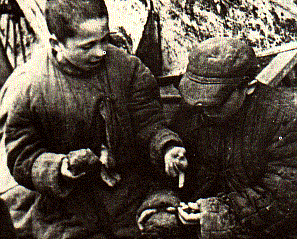
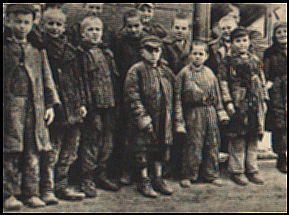
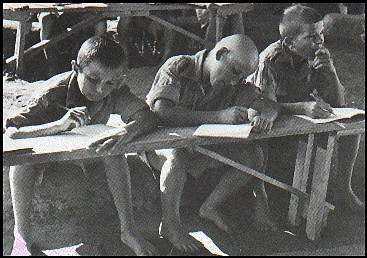
Polish children were deported to the USSR in the hundreds of thousands. Many died of malnutrition, disease and overwork in Soviet labor camps and farms, or on their trek to the Polish Army. Only a few made it to freedom–a great many as orphans.
Christopher Jacek Gladun was born in 1951 and grew up in Canada to where his family emigrated from England as displaced persons. Sadly, Chris died in Toronto in March 2003. He held a diploma in Journalism from the Niagara College and a BA in Polish Language & Literature from the University of Toronto. Chris also acted as interviewer and researcher for the documentary film “Rescued From Death in Siberia”.
This content is now maintained by the Kresy-Siberia Group, which Chris was a charter member of and which is taking his website and his research work forward.